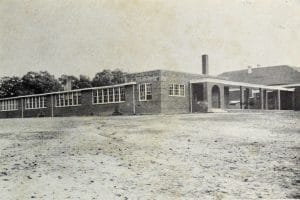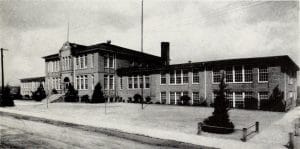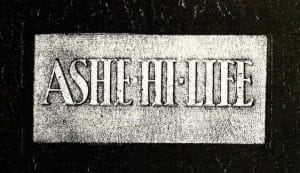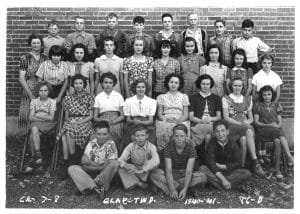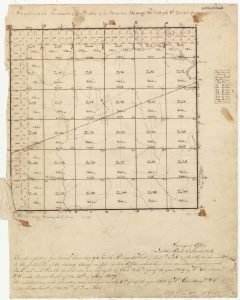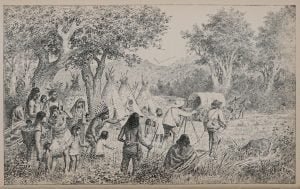Leslie J. Freeman’s “Alameda County: Past and Present” is a historical account of the development of Alameda County in California. The book covers a wide range of topics, from the native Indian tribes who inhabited the area to the Spanish Dons who claimed vast ranchos, and the early American settlers who established cities like Oakland and San Leandro. Freeman details the founding of missions, the development of transportation and industry, the evolution of social life, and the establishment of government institutions. The text also provides biographies of key figures in the county’s history, including William Heath Davis, Jose Joaquin Estudillo, and Anthony Chabot. Freeman emphasizes the importance of the Spanish Missions in the early development of California and describes the evolution of the county from a sparsely populated, agricultural area to a major center of industry and commerce.







